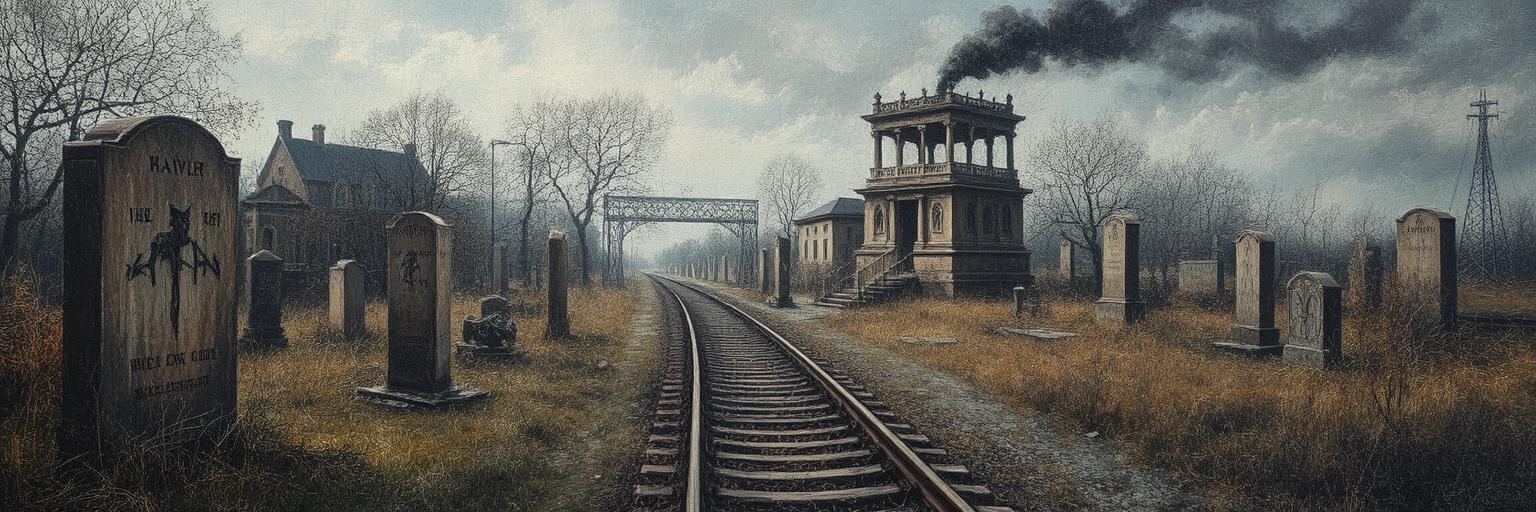The Rail Wars of 1869-1876
Though many lives were lost, many may also have been saved and won.
The period following the American Civil War brought unrest to the American werewolves. From 1869 to 1876, the territories fought viciously over the rail lines as they spread west following the human war. While many werewolves had fought and died in the Civil War, many to defend citizenship for Black Americans, the shattered remains of the country affected not only human lives rebuilding, but also werewolves as they attempted to do their part in aiding those freed from slavery at the end of the war.
The effects of this seven-year-long war were devastating on the werewolf population.
The Conflict
Following the Civil War, railroads spread westward, and as they did, different werewolf clans claimed exclusive rights to various rail lines because they saw them as spiritual pathways. These disputes began over territory but quickly spread into full-on battles as one clan fought another for the rights to the exclusive use of specific lines. As the Rail War grew more deadly, it became increasingly difficult for the wolves to avoid detection in more populated areas, adding yet a greater threat to the safety of the American wolves.
Warfare broke out officially when the Appalachian clans tried to block Ozark werewolves from using the Missouri-Pacific Railroad in their own back yard.
Three Major Battles
Major Battles:
- The Battle of Iron Bridge (1871) - 200 werewolves died fighting over a crucial rail junction
- The Siege of Copper Canyon (1873) - Montana clans held a mountain pass for six months
- The Massacre at Broken Crossing (1875) - The event that made all sides realize the war had to end
Outcomes
By the end of the war, the rail lines had gone from a source of conflict to a symbol of unity. They now connected the newly minted werewolf territories from East to West, connecting all clans to one another and allowing for "international" cooperation between all territories that hadn't existed before. At least for the time being, through the 1940s, the peace has lasted, permitting clans to trade with one another and to share news from the human world that might threaten the werewolf clans.
What Came of the War
- The Eight Territory System - Fixed boundaries preventing future rail conflicts
- Sacred Rail Neutrality - All rail lines became neutral ground, protected from violence
- The High Council - Inter-territorial governing body to prevent future wars
- Veiltender Orders - Spiritual leaders to tend the massive numbers of war dead
A devastating conflict between werewolf territories over control of the expanding railroad lines, which ended with the creation of the Compact of Sacred Rails and the modern seven-territory system.



Comments